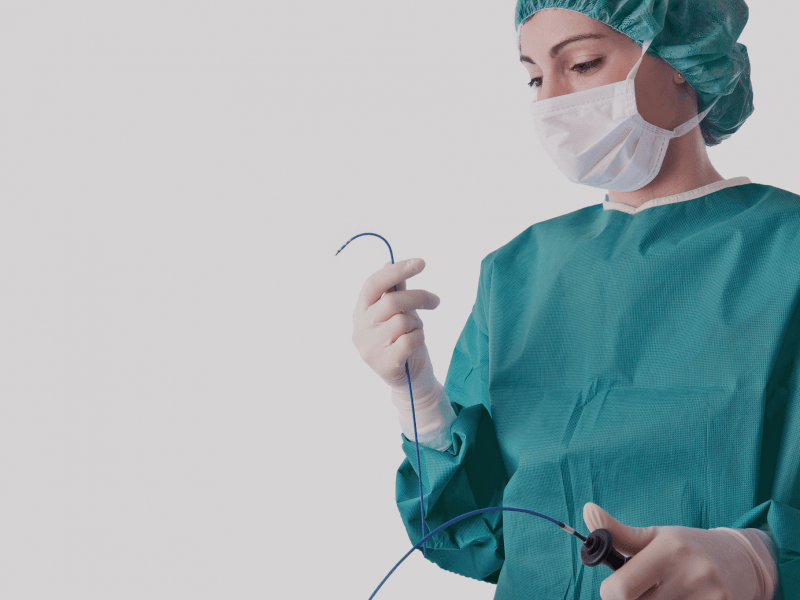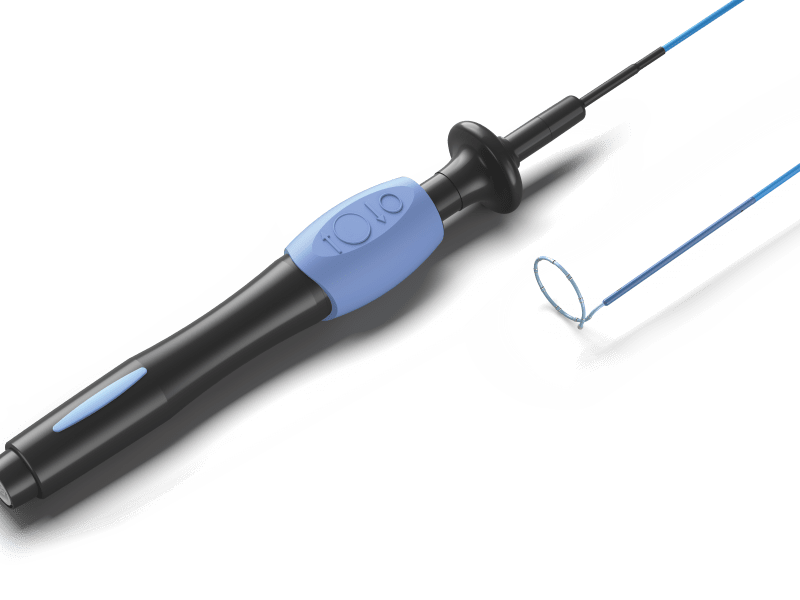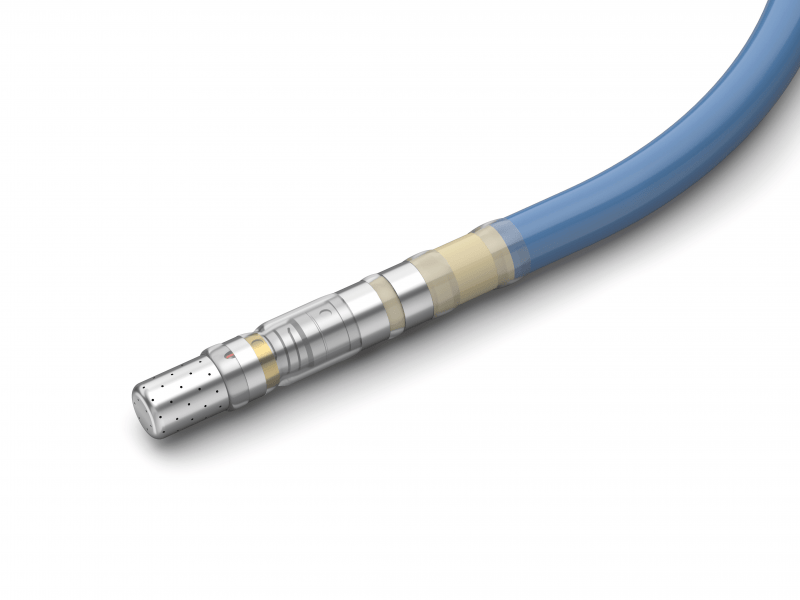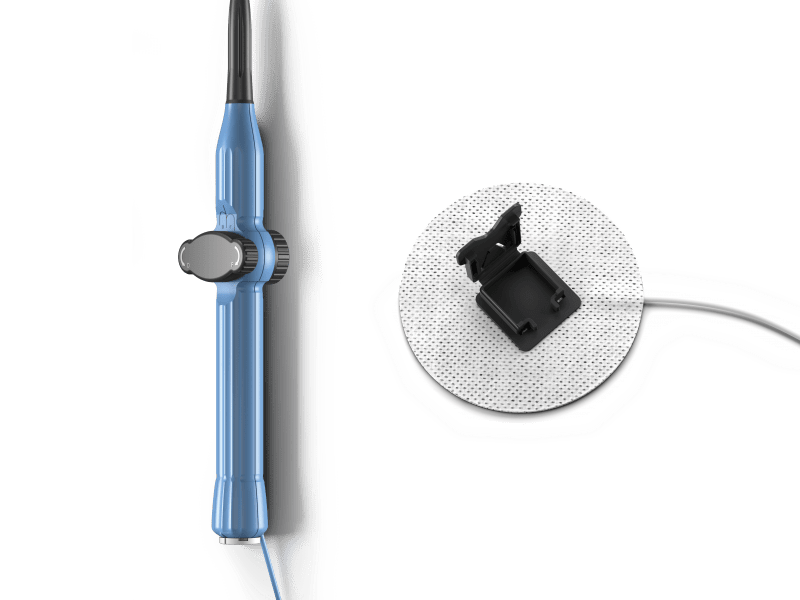Improving product sustainability, decreasing costs
We extend the product life cycle of your CARTO3 catheters offering you a sustainable, low-cost alternative to purchasing a new device.

CARTO3 catheters, remanufactured by Vanguard
We currently offer a range of CARTO3 products including navigated diagnostic catheters and ablation devices plus navigated diagnostic and ablation catheter bundles.
If you have questions about CARTO3 our clinical support team can help.
You can find our Carto3 product catalog >>>here
The terms or brand names CARTO®, NAVISTAR®, THERMOCOOL®, SMARTTOUCH®, CoolFlow™ and SmartAblate™, are all protected trademarks of the original manufacturer, Biosense Webster, Inc., or Biosense Webster EMEA, a division of Johnson & Johnson Medical N.V./S.A. or one of its affiliated companies.



